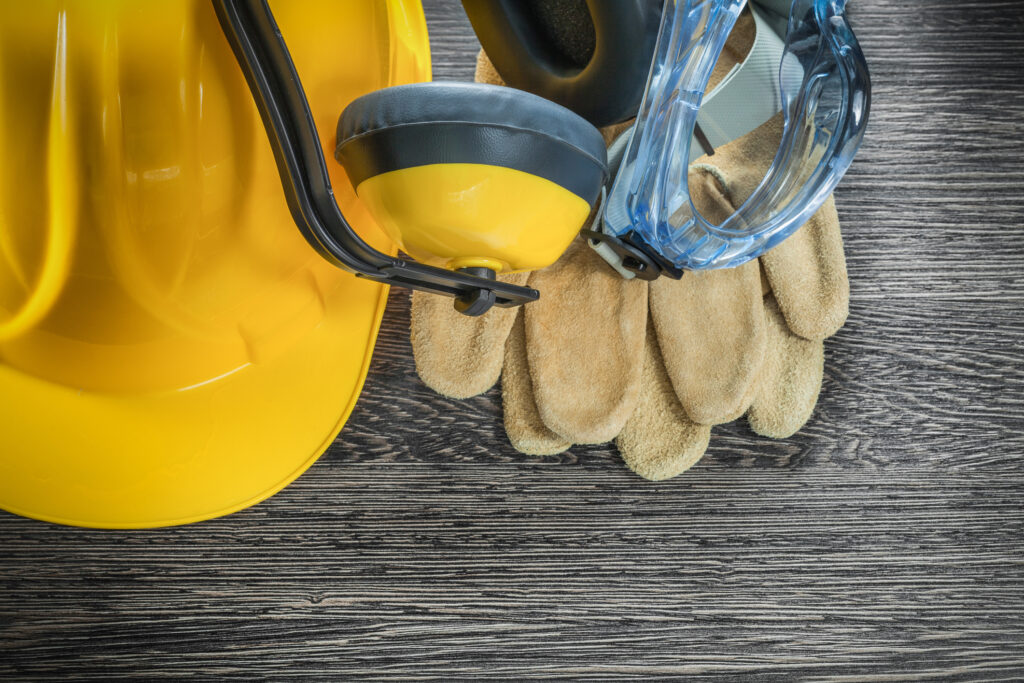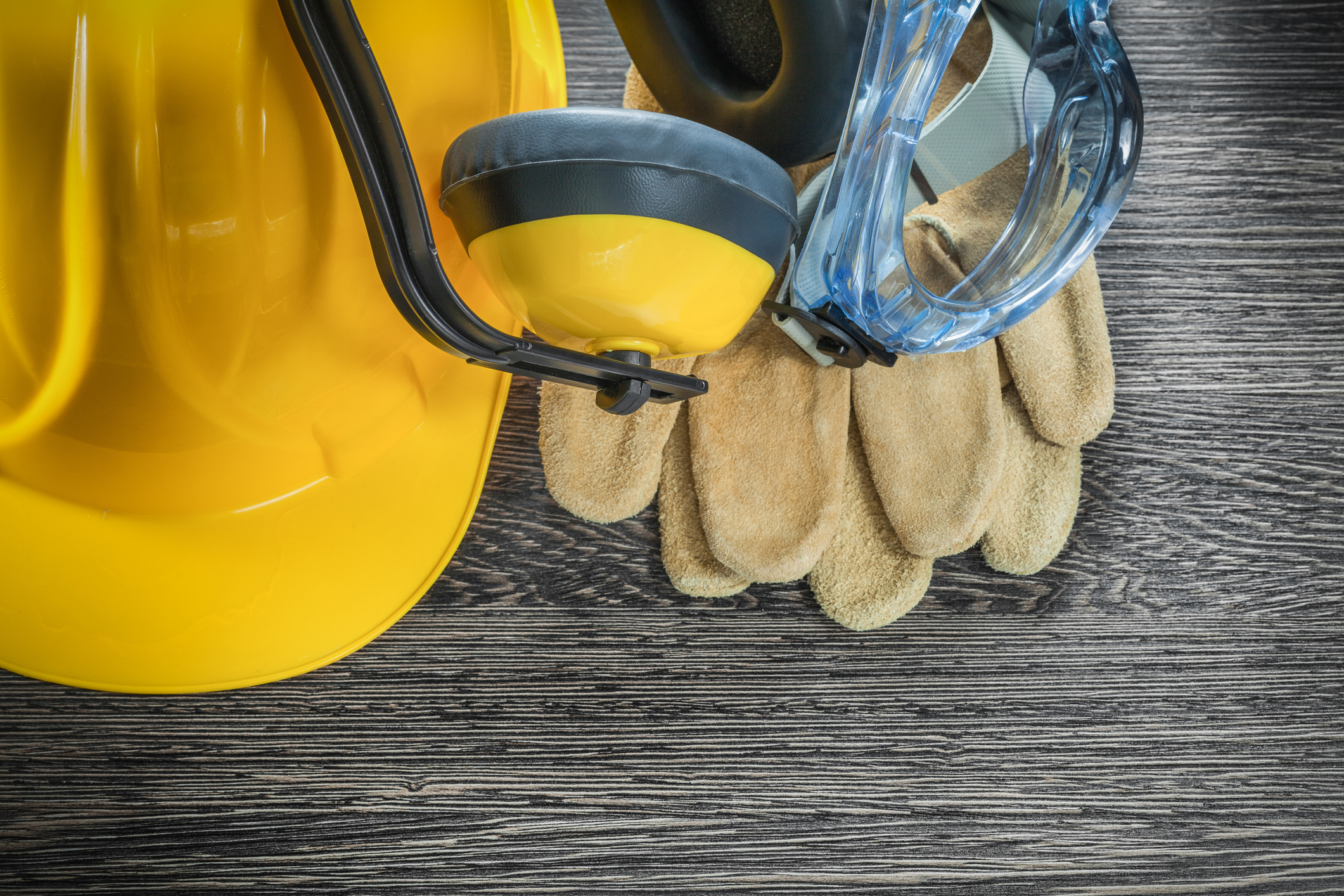In April 2021, President Biden nominated Doug Parker, the head of California’s Division of Occupational Safety and Health (Cal/OSHA), to head up the U.S. Occupational Safety and Health Administration (OSHA). Let’s take a look at what a Parker-led OSHA might look like.
What does Parker’s Nomination Mean?
Parker, if confirmed, is expected to shake up the 50-year-old agency. OSHA took on much criticism under the Trump administration for several issues. Under Trump, OSHA faced deregulation and failed to deal with COVID-19 workplace complaints. Trump’s OSHA resisted promulgation of an emergency temporary standard on COVID-19 workplace protections, which may have saved lives. And the Trump administration rolled back expanded recordkeeping obligations that had been put into place by the Obama Administration. The Trump Administration failed to confirm an assistant secretary of labor for occupational safety and health — the position remained vacant for the entirety of the Trump presidency.
Parker was nominated within Biden’s first 100 days in office, an indication that the Biden Administration will prioritize workplace safety in the US. The Biden Administration has publicly stated that a COVID-19 temporary emergency standard is needed and that OSHA should double the number of its investigators to enforce existing standards and guidelines. Biden will also likely provide additional resources for investigating complaints of COVID-19 whistleblower retaliation. Cal/OSHA’s current leader would be responsible for the increased enforcement.
California’s state OSHA plan is well known for its strict safety standards compared to federal OSHA when it comes to safety employment regulations. Federal OSHA authorized US states and territories to operate their own occupational safety and health agencies. In these “state-plan” states, the program is state-run but jointly funded by the state and the federal government. State plans must be at least as stringent as federal OSHA, but some states, like California, have chosen to adopt stricter standards. Cal/OSHA’s strict safety standards could mean more stringent federal OSHA regulations under Parker’s leadership.

Meet Doug Parker
Parker, who has led Cal/OSHA since 2019, is a graduate of University of Virginia Law School (1997) and previously served as deputy assistant secretary for policy in the Mine Safety and Health Administration (MSHA). Parker was a member of the Biden-Harris transition team focused on worker health and safety issues.
If Parker is confirmed and he adopts some of California’s more rigorous regulations.
Federal OSHA might roll out the following existing Cal/OSHA standards nationally:
- Injury and Illness Prevention Program (IIPP) Regulation – Cal/OSHA’s Injury and Illness Prevention Program is a substantial written workplace safety program. And Cal/OSHA requires every employer to develop one. The IIPP aims to improve safety and health in each workplace and reduce costs through good management and employee involvement. This is the most frequently cited state standard under Cal/OSHA.
Cal/OSHA IIPP Program Information. - A standard relating to aerosol transmissible diseases (ATD)
- Ergonomic Standards – Standards that address repetitive motion injuries (including one specific to housekeepers in the hospitality industry);
- A Workplace Violence Prevention in Healthcare Standard
Additionally, Cal/OSHA under Parker was one of five states that published a COVID-19 emergency temporary standard (ETS).
Enhanced OSHA Enforcement Likely
Because OSHA enforcement has been lax in the past few years, some employers may have loosened their OSHA compliance practices. OSHA had reduced on-site workplace inspections during the COVID-19 pandemic, resulting in an increased risk to U.S. workers’ safety. But the changes may take time to kick in as they’ll need time to train up their new new inspectors. But, don’t say we didn’t warn you.
Have questions? Looking for more information about complying with OSHA’s state or federal plans? We’re here to help.
KPA can help you develop a comprehensive EHS program that harnesses technology, best practices, and the concerted efforts of your workforce to maintain a safe and productive workplace.

